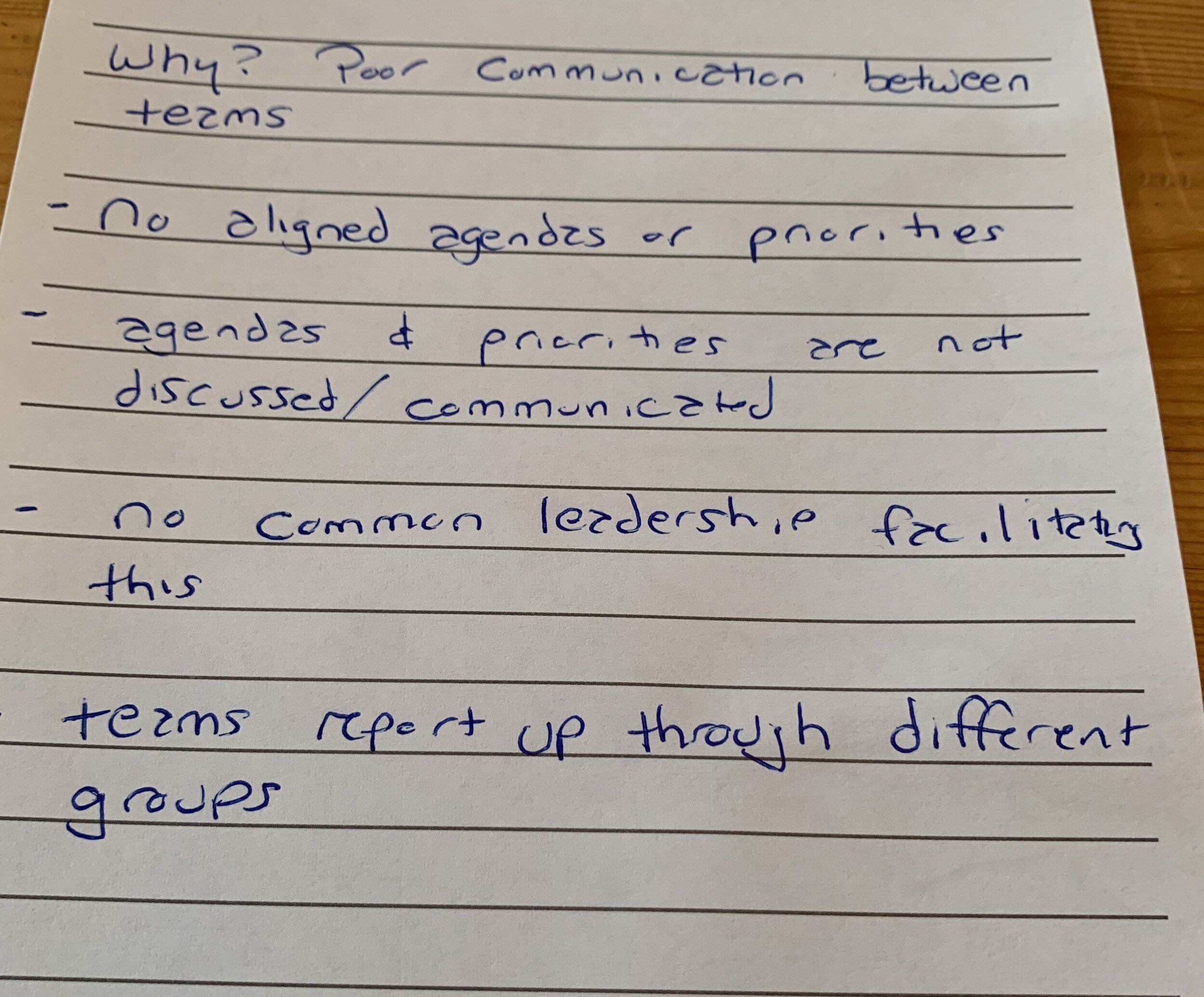What is a healthy person? We can argue over specific metrics, but we’d all agree that we have to account for physical as well as mental/emotional health. What is a healthy organization? As with
individuals, there will be disagreement over metrics, but clearly we have to consider financial performance, internal stakeholders (employees), and external stakeholders (community). Healthy organizations recognize the importance of all three areas, and while a specific decision might prioritize one over the others, in aggregate, healthy organizations make decisions that, on average, address all of those needs.
Financial Performance
Milton Friedman is the primary exponent of the belief that a company’s sole purpose is making a profit: “There is one and only one social responsibility of business—to use its resources and engage in activities designed to increase its profits,” he wrote in 1970. In the past decade there’s been a backlash to that one-dimensional view, most notably by the Business Roundtable. In 2019, the organization announced that corporations should be governed to benefit all stakeholders— customers, employees, suppliers, communities and shareholders.
But many companies have long subscribed to this more holistic—and I’d argue, healthier—mantra. As Jim Collins wroteabout visionary firms such as Merck, 3M, General Electric, Boeing, and Disney in Built to Last,
Profit maximization does not rule, but the visionary companies pursue their aims profitably. They do both. Profitability is a necessary condition for existence and a means to more important ends, but it is not the end in itself for many of the visionary companies. Profit is like oxygen, food, water, and blood for the body; they are not the point of life, but without them, there is no life.
Often people will point out that many of these companies have run into trouble since he wrote the book. And that’s true—but frequently the cause of their troubles was due to straying from this holistic vision and instead, chasing profits. The causes of Boeing’s 737 Max fiasco are numerous, but it’s unquestionable that the decisions made all stemmed from the desire to maximize profits for the plane. Similarly, one of the primary drivers of GE’s fall from grace was the reckless pursuit of profits from its financing operations.
Healthy companies pursue profit relentlessly, but only as a means to an end, not the end itself.
Internal Stakeholders—Employees
Companies typically proclaim that “employees are our most valuable resource.” Unfortunately, their actions don’t always conform to those lofty pronouncements. Whether it’s unsafe working conditions during COVID at a meatpacking plant or unrealistic performance quotas at an Amazon warehouse, employees are often treated as disposable commodities. Even in the more genteel and less physically risky world of white-collar work, sexual harassment, unequal pay, and limited growth opportunities abound.
Healthy companies don’t just post platitudes about employee respect on motivational posters on the cafeteria walls. They actively create cultures that strive to support and contribute to the lives of their employees. Barry-Wehmiller, a $2B manufacturer of capital equipment, is committed to what it calls “Truly Human Leadership.” This philosophy emphasizes respect for employees and is central to their management. As CEO Bob Chapman says,
When somebody comes into our organization and agrees to join us, when we invite them into our organization, we become stewards of that life. And the way we treat that person will profoundly affect that person’s marriage and the way that person raises their children and interacts with our community.
An industrial machinery maker is the kind of company where you would expect to see old-school, bottom line-driven thinking driving organizational decisions. Yet nothing could be further from the truth. In fact, the company explicitly states that it measures success by the way it touches the lives of people.
External Stakeholders—Community
Healthy decisions about a company’s external stakeholders go beyond just following the rules and not poisoning the air or water with industrial contaminants. (Even Milton Friedman added the caveat that firms must compete without “deception or fraud.”) But the deindustrialization of large swaths of the country over the past 40 years have shown the danger of just meeting that bare minimum. Private equity firms that loaded companies with debt, stripped assets, and outsourced manufacturing left depressed, opioid-ridden communities in their wake. The private equity owners made out fine, but the larger communities were devastated.
Healthy companies understand that they have a vital role to play in the health of the communities in which they operate. More significantly, they see that investing in their communities leads to the highly sought after “win-win.” James and Deborah Fallows, in their book Our Towns, point to the numerous small cities where companies collaborate with local governments and non-profits to improve education. For example, in Greenville, South Carolina, GE, Michelin, BMW, Duke Energy, and many other companies have helped create the A.J. Whittenberg Elementary School of Engineering. Yes—an elementary school for budding engineers, pre-K through grade 5 (10 years old). The school is located in an economically distressed part of town, with high poverty, unemployment, crime, and single parent households. But these companies aren’t investing in the school out of some sense of corporate altruism. They’re investing because this is the source of their future workers. While they’d certainly be financially healthier today if they saved their money, they’d be shortchanging their long-term success if they allowed the surrounding community to decay.
What makes for a healthy company? It’s a lot more than a healthy balance sheet, although that’s certainly a necessary—but not sufficient—precondition. Healthy firms make decisions that improve the health of all stakeholders, both internal and external. They make decisions with a long term perspective, not just the next quarter’s earnings. And in a world rocked by the COVID pandemic, that’s a welcome dose of medicine.



